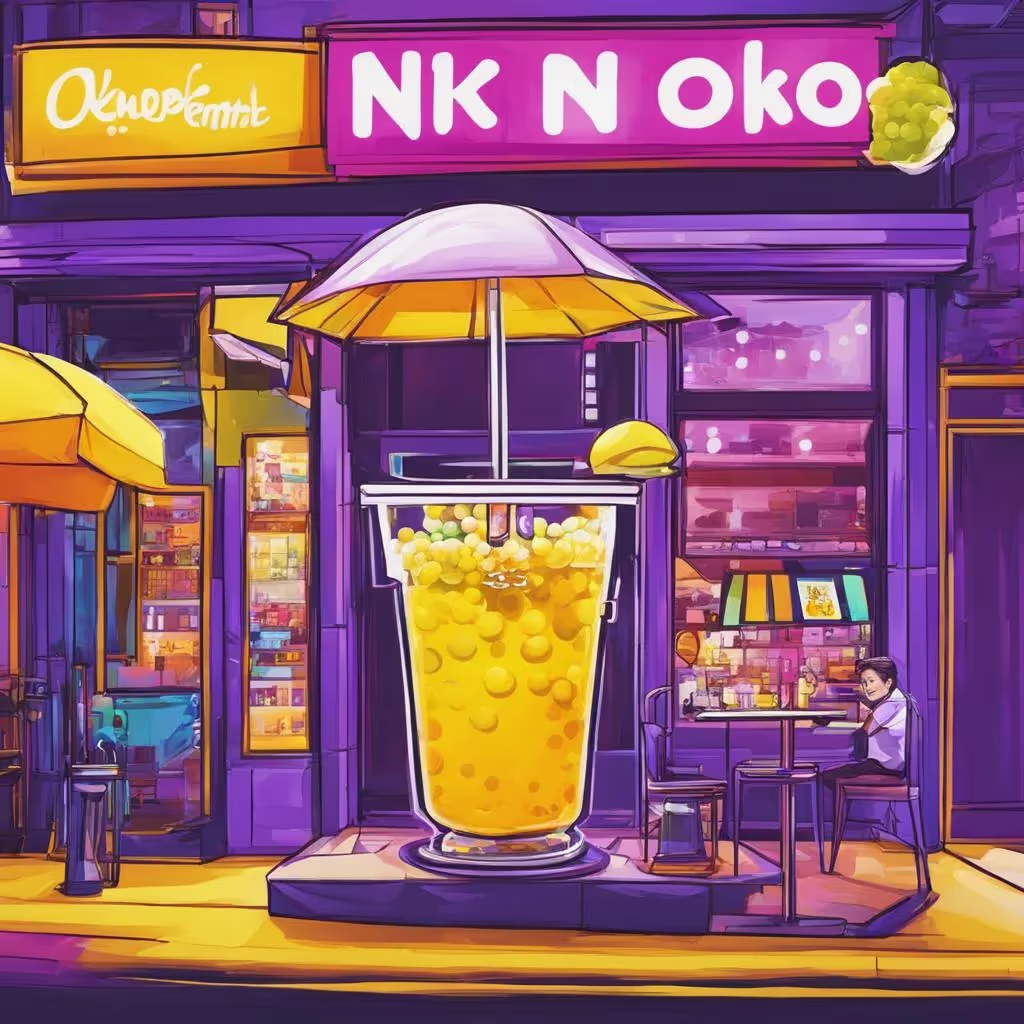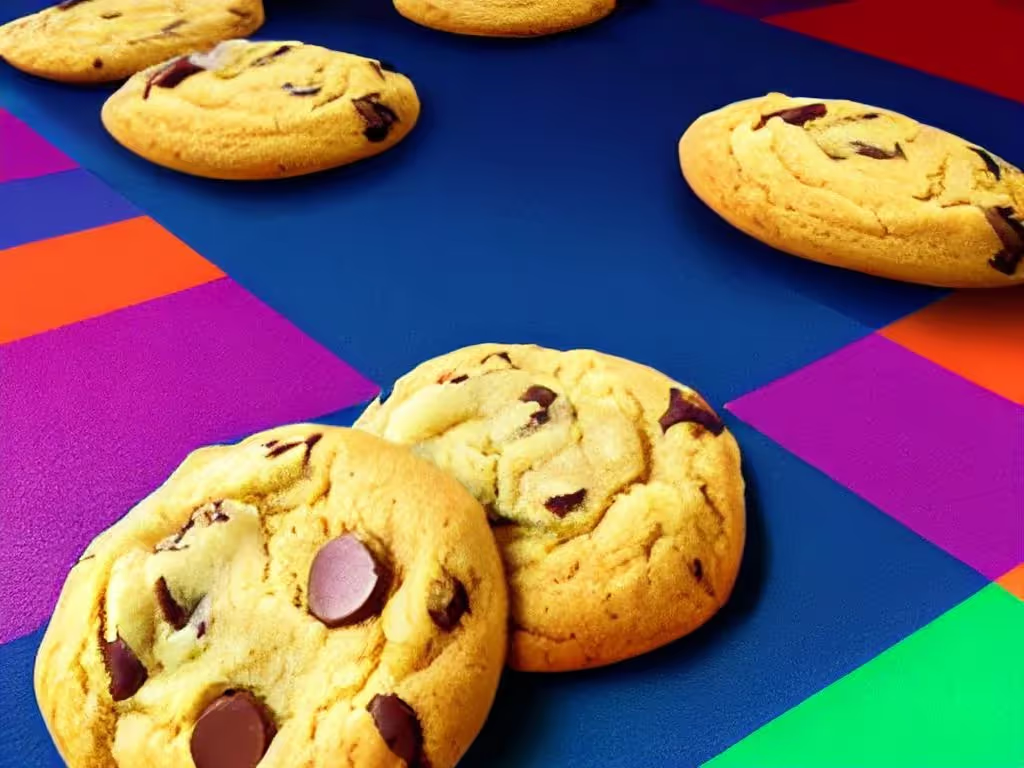TLDR
Walking into any Starbucks store transports you to a familiar setting. The green logo and mermaid symbol decorate every cup, storefront, and menu. This intentional consistency makes Starbucks the leading coffee chain worldwide with over 32,000 stores across more than 78 countries. By targeting tech-savvy coffee drinkers, promoting unique seasonal offerings, and building an ethical brand image, Starbucks turned a Seattle original into a global empire. Local coffee shops should take note of Starbucks' marketing success and develop their own creative, targeted campaigns to build customer loyalty and stand out in a crowded marketplace.
Targeting Urban Professionals and Positioning as an Experience
Targeting the Well-Off Urban Consumer
Starbucks traditionally targets young, urban professionals as its core audience. The brand aims at customers seeking a relaxing environment to drink coffee and unwind. By positioning its stores as a ‘third place’ between work and home, Starbucks effectively targets the affluent urban consumer looking for an escape from a busy schedule.
Creating a Multi-Sensory Experience
Starbucks creates a unique market position focused on the overall differentiated experience. From the moment a customer walks into a Starbucks, a multi-sensory experience is delivered through aroma, visual design, music, and product. The combination of artisanal coffee, upscale furniture, relaxing music, and free Wi-Fi access allows customers to escape from the chaos outside. The stores provide a welcoming ambiance for people to spend hours reading, working, or socializing.
Building an Emotional Connection
By focusing on customer experience and service, Starbucks builds an emotional connection with its loyal customer base. The company provides additional value through its loyalty program and mobile app, offering rewards, exclusive discounts, and the convenience of ordering ahead. The high quality, consistency, and welcoming environment keep customers coming back and fuel brand advocacy.
Corporate Social Responsibility
Starbucks positions itself as an ethical and responsible company through its corporate social responsibility programs. Initiatives like ethically sourcing coffee through its ‘Coffee and Farmer Equity Practices’, reducing environmental impact, and community involvement build brand trust and loyalty. The company’s social causes and environmental commitments strongly resonate with its target audience, strengthening Starbucks’ brand image.
Starbucks’ ability to target the right audience, deliver a premium experience, build customer relationships, and highlight its social values have been instrumental to its success and growth into a global coffee giant. The company provides a model for small businesses to learn from in developing their marketing strategies.
Leveraging Social Media and Mobile App for Customer Loyalty
Building Community Through Social Platforms
Starbucks has an active social media presence to build an engaged community of loyal customers. By promoting unique and popular beverages on platforms like Instagram and Facebook, Starbucks fosters brand awareness and buzz. The company has even created social profiles for customer favorites like the Frappuccino and Pumpkin Spice Latte. Engaging customers on social media creates opportunities for interaction and helps cement Starbucks’ position as an inclusive, community-oriented brand.
A Seamless Mobile Experience
Starbucks’ mobile app provides customers with an easy way to order ahead, pay, and pick up their purchases. The app offers exclusive perks like coupons, gift cards, and rewards to encourage frequent use. This multi-channel marketing approach boosts awareness of Starbucks’ loyalty programs and makes it simple for customers to engage with the brand on the go. For small coffee shops looking to improve loyalty and convenience, a white-label mobile ordering solution like Per Diem provides a similar Starbucks-like seamless experience.
Want to see how your own custom mobile app could look? Click here to book a live demo and discover how you can enhance customer engagement and boost sales with ease.
With social media savvy, and a convenient mobile app Starbucks has crafted a formula for customer loyalty that spans the globe. Their strategies provide a model for small businesses aiming to foster community, drive engagement, and make a lasting brand impression on customers. By focusing on the customer experience, both online and in-store, coffee shops everywhere can build loyalty and position themselves as leaders in their local communities.
Seasonal Marketing Campaigns to Connect With Cultures
Starbucks executes highly effective seasonal marketing campaigns that connect with local cultures and traditions around the globe. These campaigns provide an opportunity for the brand to forge emotional connections with customers during poignant times of the year.
Festive Campaigns
Starbucks rolls out customized marketing campaigns to celebrate major holidays in different countries and regions. For example, in India, Starbucks runs promotions for Diwali, the festival of lights, by offering special Diwali-themed beverages and food items as well as festive store decor. In North America, the red cup campaign and special holiday beverages have become a cultural phenomenon signaling the start of the Christmas season. By tapping into cherished seasonal traditions, Starbucks is able to embed itself into customers’ emotional experiences and memories.
Cultural Relevance
Starbucks aims to demonstrate cultural sensitivity and inclusiveness through location-specific seasonal campaigns. The company conducts extensive market research to understand the cultural traditions, values and events that are most meaningful for customers in each region. Starbucks then develops tailored marketing initiatives that authentically reflect and celebrate these cultural elements. By honoring local cultural traditions, Starbucks is able to build brand affinity and resonate on a deeper level with diverse customer groups around the world.
Forging Connections
When done well, seasonal marketing campaigns can be highly impactful because they tap into nostalgia and bring people together. Starbucks’ festive and culturally attuned campaigns trigger fond memories of traditions shared with loved ones. They also provide an opportunity for customers to bond over the familiar comforts of the season. These types of meaningful connections and shared experiences build brand loyalty and turn customers into lifelong fans.
Starbucks' skill at making seasonal and culture-sensitive marketing is a lesson for brands wanting to build real and lasting connections with customers. By honoring traditions beyond commercial interests alone, the company has created a recipe for building brand loyalty and customer relationships that stand the test of time.
Building a Strong Brand With Consistent Store Design
Starbucks’ branding and store designs are renowned for their consistency across locations.
Coherent Visual Style
Starbucks utilizes the same color palette, typography, and logo in all of its stores to create a memorable and recognizable brand experience. The dark green and white color scheme is iconic, as is the minimalist store layout. These coherent visual elements allow customers to instantly recognize a Starbucks, no matter the location.
Familiar Customer Experience
The uniformity in Starbucks’ stores provides customers with a familiar experience they can expect at any location. Patrons know exactly how to order their favorite beverages and what the atmosphere will be like. This familiarity breeds comfort and loyalty, as customers come to associate the brand with a positive experience they can rely on.
Premium Perception
Starbucks’ sleek, upscale design presents an image of premium quality that aligns with its brand positioning. The minimalist style, ambient lighting, and high-quality fixtures convey an elevated experience for an affordable indulgence. This aspirational quality is key to Starbucks’ brand appeal and allows them to charge a premium for their products.
Adapting to Culture
While maintaining a consistent brand identity across locations, Starbucks also adapts store designs to fit local cultural contexts. They incorporate regionally relevant architectural elements, art, and materials to create an authentic sense of place. This fusion of the familiar and locally-inspired creates a welcoming third place for customers around the world.
Starbucks’ brand consistency and locally tailored store designs have been instrumental in establishing its status as a premier global coffeehouse.
Forming Strategic Alliances to Expand Reach
Starbucks’ partnerships with powerful and recognizable brands have been instrumental in propelling its success on a global scale. By aligning with companies that share its values of inclusiveness and social responsibility, Starbucks is able to tap into new markets and build brand affinity.
Partnering for Shared Values
Starbucks has collaborated with renowned brands like Spotify, Chase, and Lyft on co-branded rewards programs and product offerings. These alliances allow both parties to reach growth objectives by accessing each other’s customer bases.
For example, Starbucks’ partnership with Spotify provides music streaming to Starbucks customers, while spotlighting Starbucks products within the Spotify platform. Small coffee shops can execute a similar strategy of alliances by partnering with other small, independent businesses that share their customer base. They can offer co-branded discounts, promotions, and loyalty programs to attract and retain customers while sharing marketing costs. Such partnerships allow local shops to gain exposure and expand their customer reach without significant upfront capital investment.
Expanding into New Markets
Starbucks’ recent partnership with Nestlé will distribute Starbucks products around the globe, enabling further international expansion. Nestlé’s vast distribution network and brand recognition provide Starbucks access to new markets in Latin America, Southeast Asia, and Oceania. This alliance is projected to boost Starbucks’ revenue and presence on a global scale.
Enhancing Customer Experience
Strategic partnerships also allow Starbucks to improve the customer experience through new technologies and services. For example, Starbucks’ alliance with Chase Pay provides mobile payments within the Starbucks app, expediting and simplifying the checkout process for customers. Partnerships with Uber Eats and Grubhub enable Starbucks delivery, meeting customer demand for fast and convenient options.
By selecting strategic partners that share its values and growth vision, Starbucks is able to spread its brand globally, tap new markets, and enhance the customer experience. For local coffee shops, forming strategic alliances may be key to competing with industry giants like Starbucks. Per Diem allows smaller businesses to provide mobile ordering and payment features that customers have come to expect from leading brands. By emulating Starbucks’ partnership model, local coffee shops can expand their reach and better serve their customers.
Final Thoughts
Rather than resting on its laurels, Starbucks continues to innovate and build customer loyalty through creative marketing strategies and consistent branding. For local coffee shops hoping to grow, the key takeaways are to know your target demographic, leverage social media and mobile technology, and focus on creating an experience customers will rave about. The coffee giant's success was not built overnight but through decades of honing a brand identity and putting the customer first. By learning from Starbucks' example, small businesses can sip from the same cup of success.


.webp)


.webp)
.png)
.webp)

.avif)
.webp)
.webp)
.webp)

.webp)










.png)
.png)







.svg)
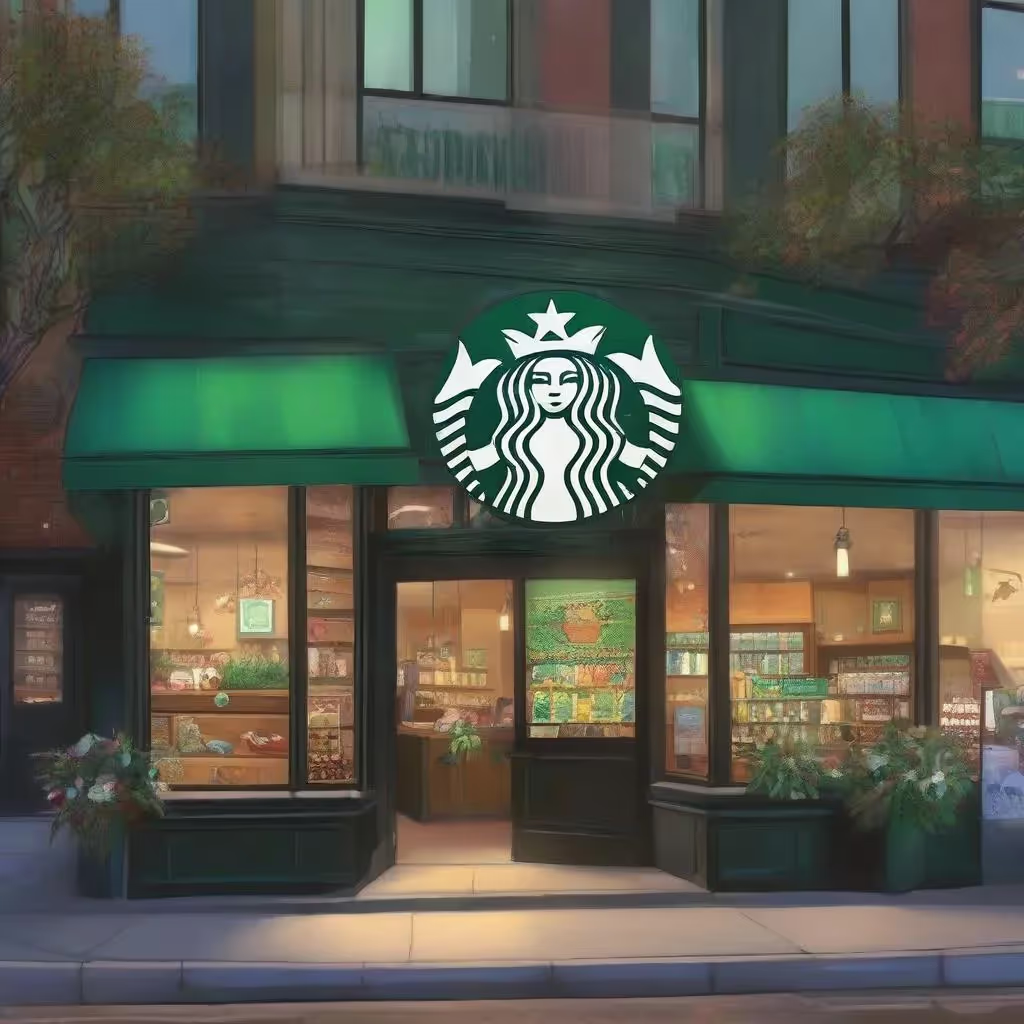




.svg)
.svg)
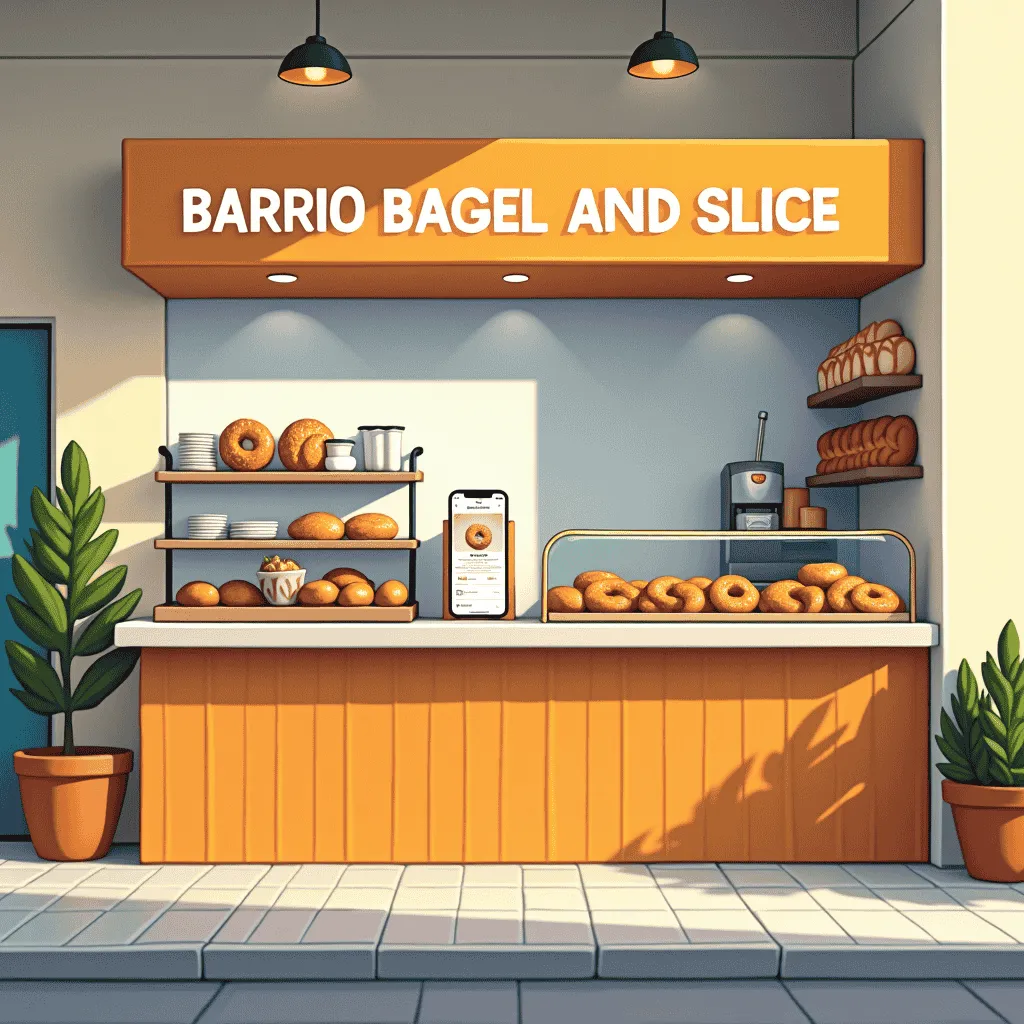


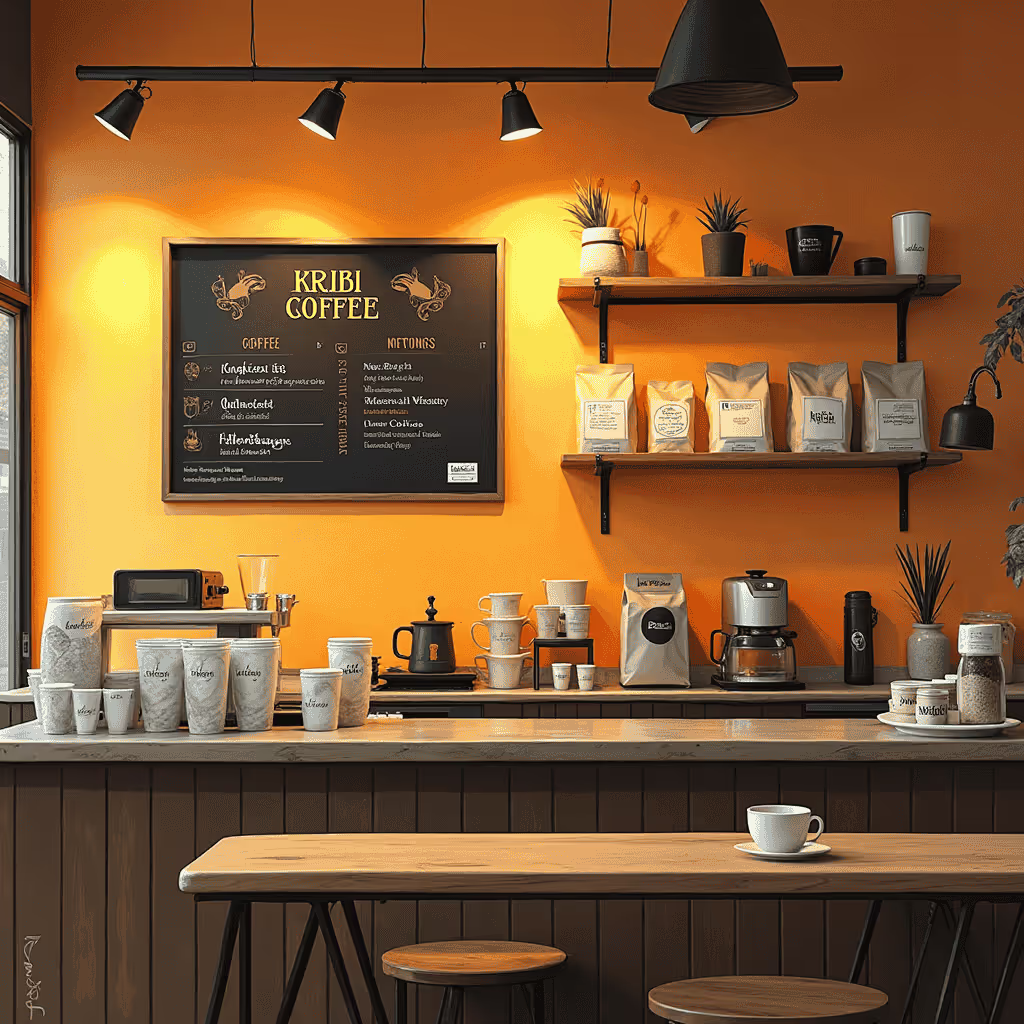
.avif)



.avif)
.avif)

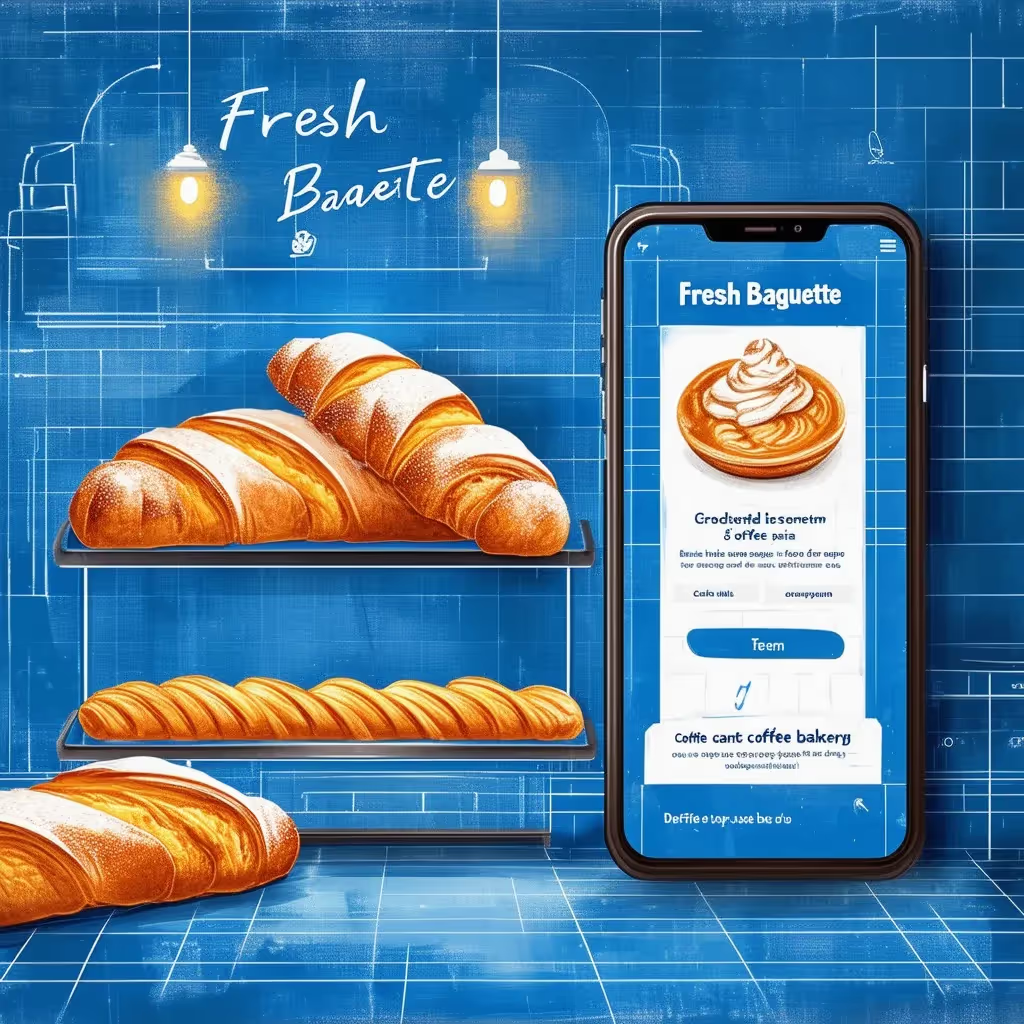
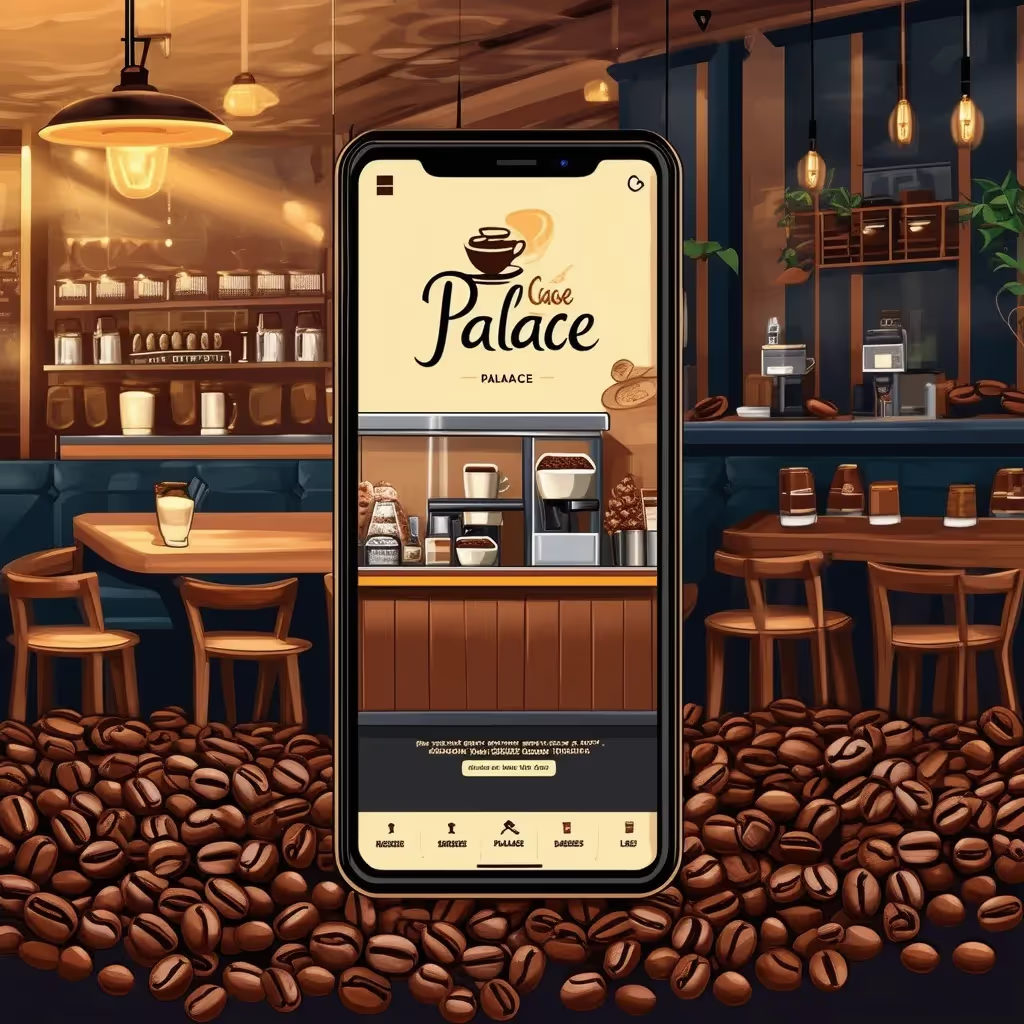

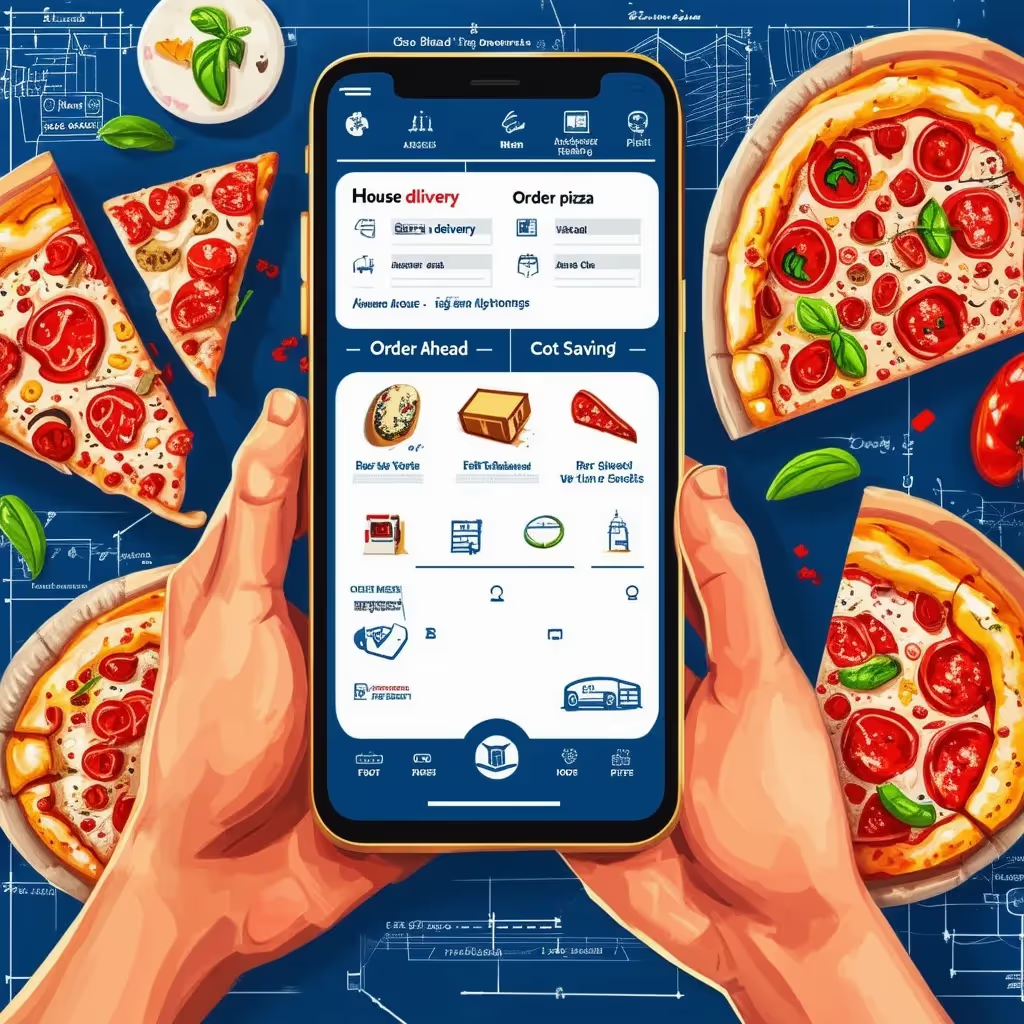




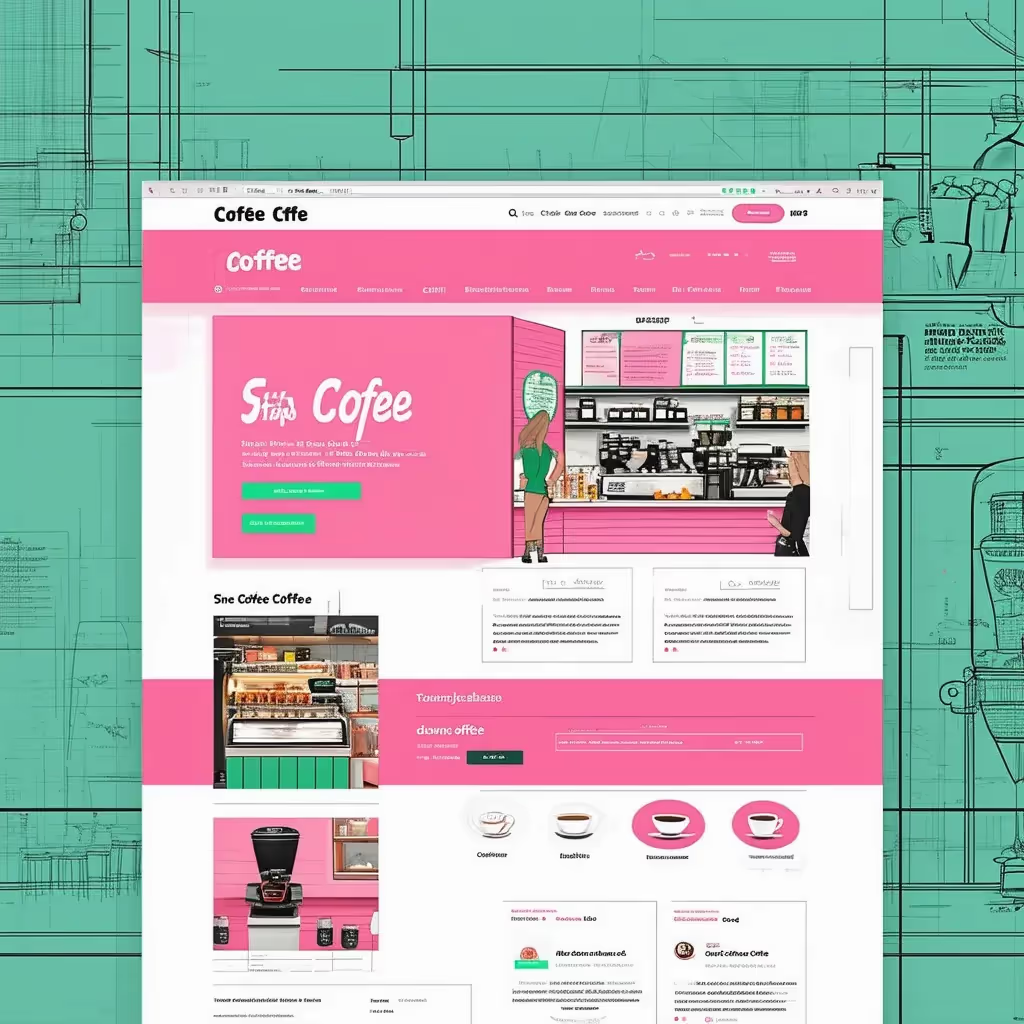
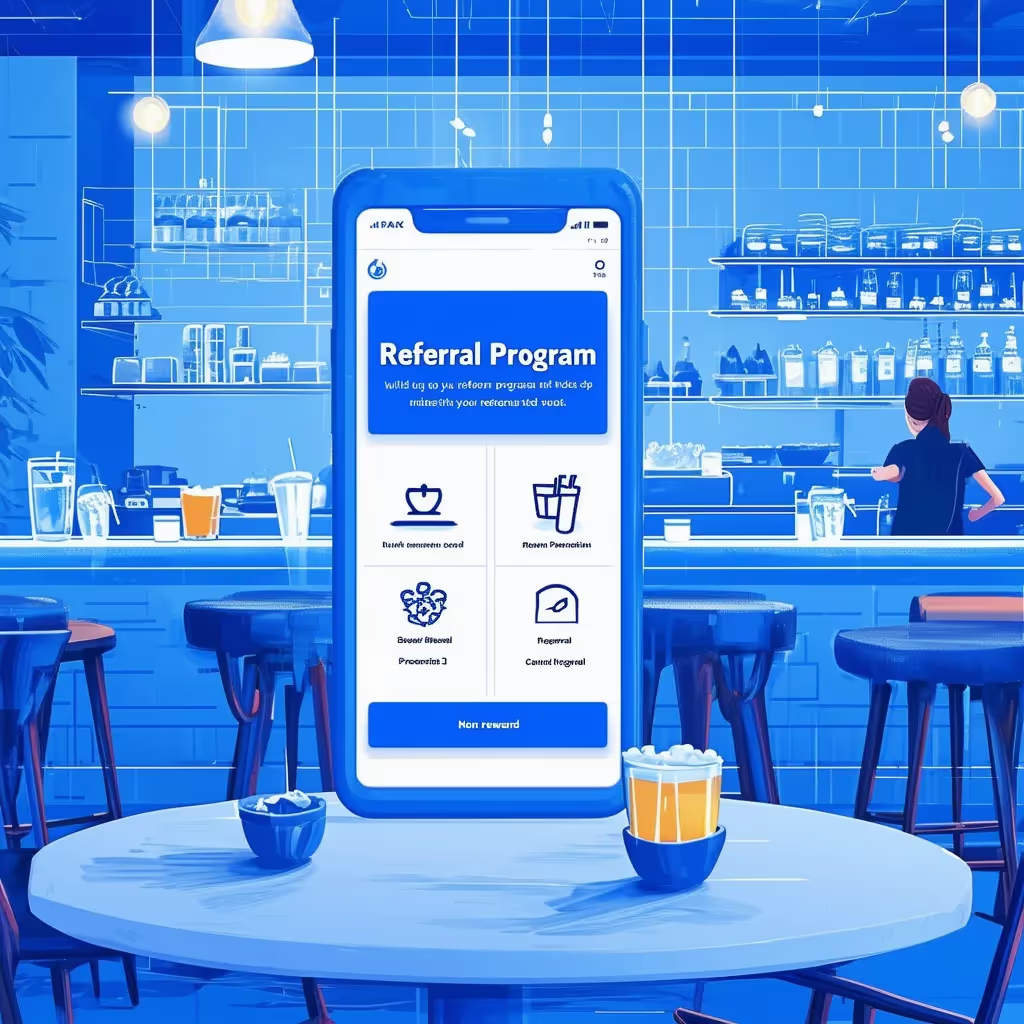





.avif)





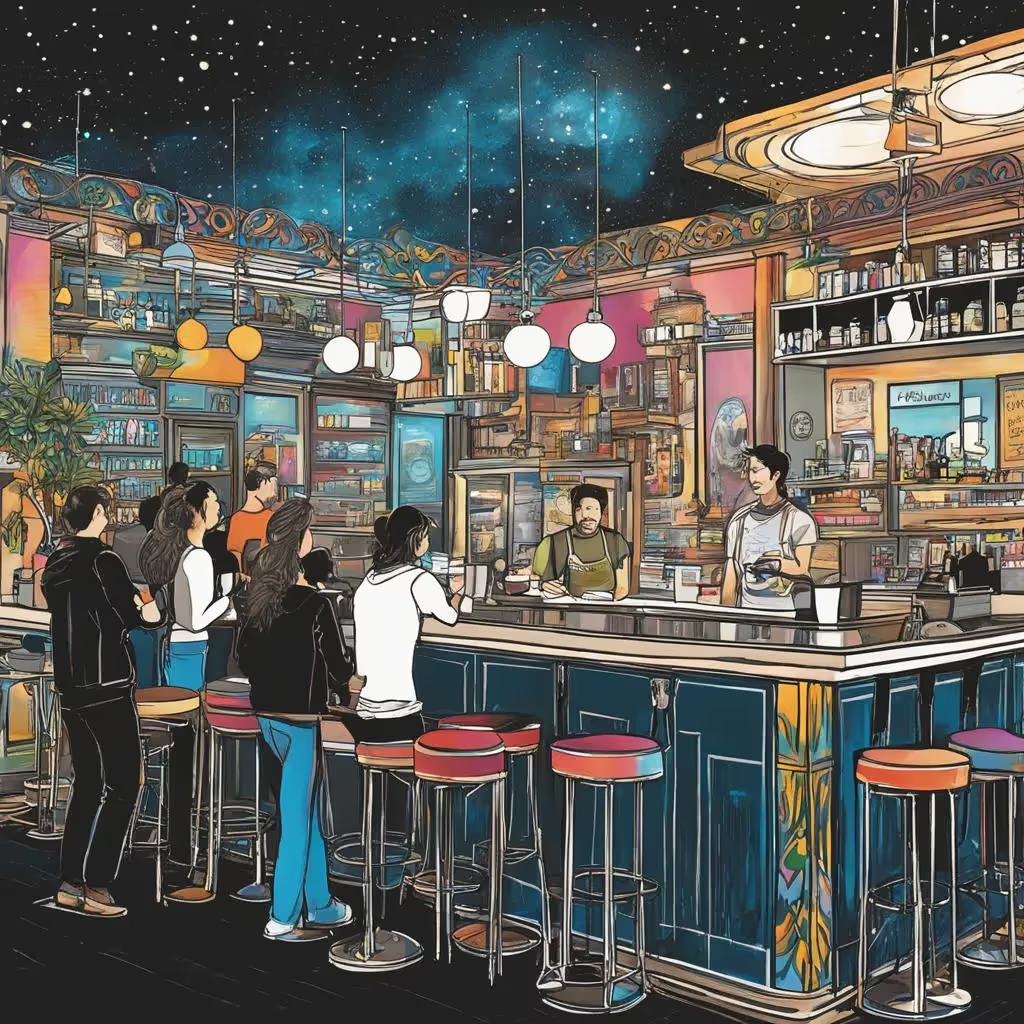


.avif)
